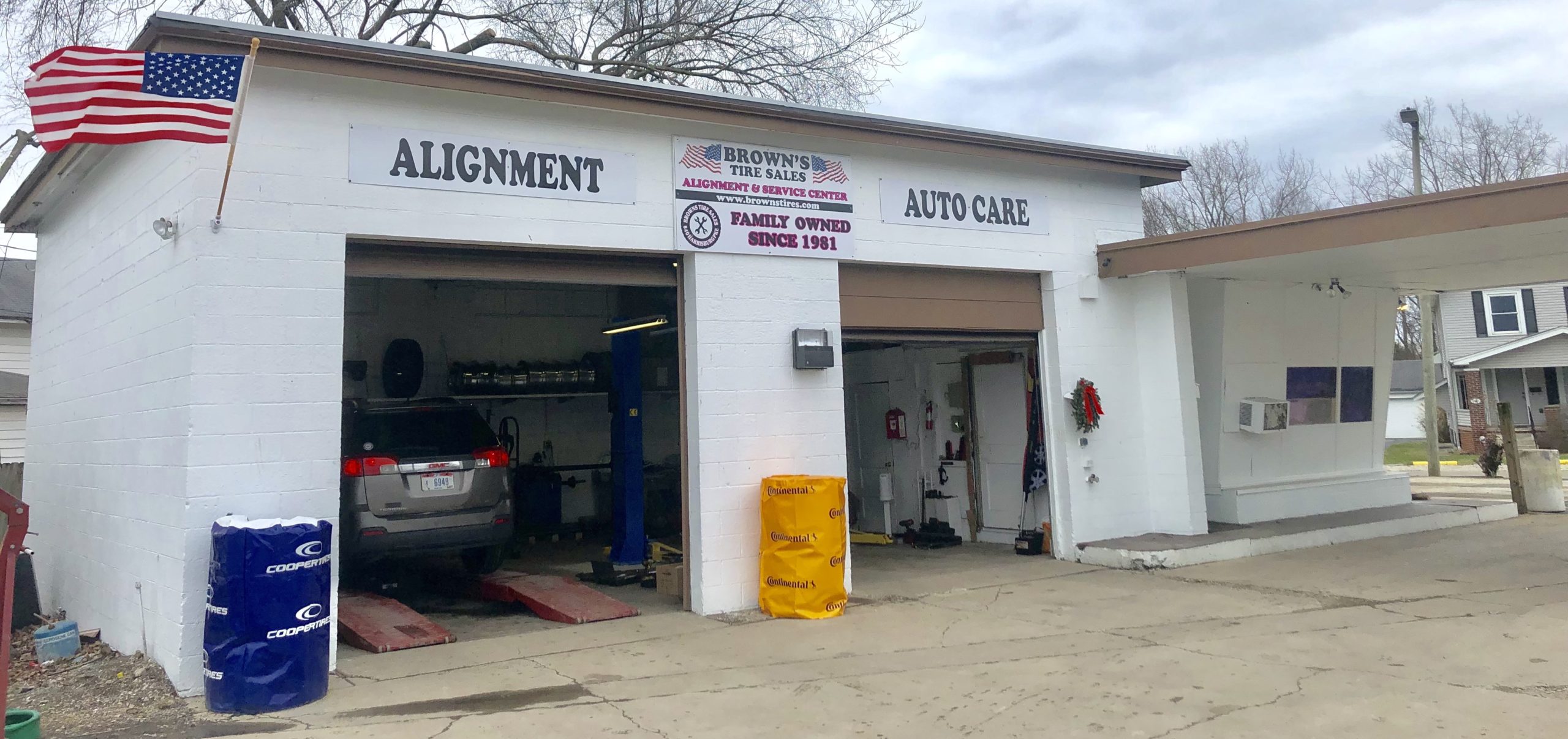Morris Tire Solution: Your Best Destination for Price Cut Tires Morris IL
Morris Tire Solution: Your Best Destination for Price Cut Tires Morris IL
Blog Article
The Science Behind Tire Repair Work and Security
When it involves the complex globe of tire maintenance and safety and security, there exists a realm of science that often stays hidden by the typical chauffeur - tire shop near me. The products that compose a tire, the influence of tire pressure on overall safety and security, the implications of walk wear, the complex dynamics of tire grip, and the often-overlooked relevance of correct wheel alignment all play important duties in making sure a car runs securely and efficiently. As we browse through the complexities of tire repair and safety, it comes to be noticeable that a much deeper understanding of these clinical concepts is not just useful yet vital for every motorist when driving
Tire Structure and Functionality
What products make up the composition of tires, and how do these parts contribute to their performance on the roadway? Steel cords are integrated to enhance the tire's toughness and assist it maintain its shape under different road conditions.
The rubber substances use hold and grip, permitting the tire to adhere to the road surface and offer security throughout velocity, braking, and cornering. On the whole, the careful selection and mix of these materials make certain that tires can execute effectively and safely on numerous road surface areas and conditions.
Effect of Tire Pressure on Safety And Security
On the other hand, overinflated tires have less contact with the road surface, decreasing grip and creating uneven wear on the tire footsteps. Appropriately filled with air tires also play an important duty in gas efficiency, as underinflated tires can boost rolling resistance, leading to decreased gas mileage. Consistently examining and keeping the appropriate tire pressure not only makes sure safety and security yet also extends the lifespan of the tires, saving on replacement costs in the long run.
Tread Wear and Its Implications
Correct surveillance of tire tread wear is vital for ensuring optimum efficiency and safety when traveling. As tires use down, the deepness of the tread diminishes, lowering the tire's capacity to maintain traction, specifically in wet or slippery conditions. The walk pattern and deepness play a vital role in funneling water far from the tire to avoid hydroplaning and preserving grasp when driving surface.
Signs of too much tread wear consist of hairless places, irregular wear, and the look of wear indications. Hairless areas suggest localized wear, which can bring about instability and enhanced threat of blowouts. Unequal wear might recommend problems with tire alignment, inflation, or suspension elements. Wear signs are constructed right into the tire step and come to be noticeable when the step deepness gets to a certain nadir, indicating the need for immediate substitute.

Recognizing Tire Traction Characteristics
Keeping track of tire walk wear not only guarantees optimal performance and safety but also directly affects the grip characteristics of the tires on various roadway surfaces. Tire grip is a crucial element of vehicle handling and safety and security, as it establishes the grasp between the tires and the road. Traction dynamics differ depending upon roadway problems such as completely dry sidewalk, damp roads, snow, or ice.

Understanding tire traction characteristics is essential for drivers to adapt their driving habits according to the road problems. morris tire. On a regular basis checking tire tread depth and problem can considerably improve grip performance, guaranteeing more secure driving experiences throughout various surfaces
Significance of Correct Wheel Positioning
Ensuring right wheel placement plays a vital duty in optimizing automobile performance and extending tire durability. Correct wheel placement includes readjusting the angles of the wheels to maker specifications, making certain that they are perpendicular to the ground and parallel to each various other. When placement is off, it can bring about unequal tire wear, decreased gas efficiency, and compromised handling.
Among the crucial benefits of maintaining proper wheel alignment is enhanced handling and stability. Misaligned wheels can cause the lorry to draw away, influencing guiding control and total driving experience. In addition, appropriate positioning promotes even tire wear, protecting against early tire substitute and conserving on upkeep expenses over time.

Conclusion
To conclude, the science behind tire repair and security is critical for keeping vehicle performance and ensuring driver safety. By comprehending tire make-up, stress, his explanation walk wear, traction dynamics, and wheel positioning, drivers can avoid crashes and prolong the life expectancy of their tires. Appropriate upkeep and normal examinations are important for ideal tire efficiency and total lorry safety. By following these standards, chauffeurs can drive with confidence knowing that their tires remain in excellent problem.
The products that compose a tire, the influence of tire stress on total safety, the effects of step wear, the elaborate characteristics of tire traction, and the often-overlooked importance of appropriate wheel placement all play important duties in making certain a vehicle operates safely and effectively. On the various other hand, overinflated tires have much less contact with the roadway surface, minimizing grip and triggering unequal wear on the tire treads. Routinely inspecting and preserving the right tire pressure not only makes certain safety yet also expands the life-span of the tires, saving on replacement prices in the lengthy run.
Keeping an eye on tire walk wear not only ensures optimum performance and safety yet additionally straight impacts the grip characteristics of the tires on various roadway surfaces. Tire grip is a crucial aspect of lorry handling and security, as Discover More Here it establishes the hold in between the tires and the road.
Report this page